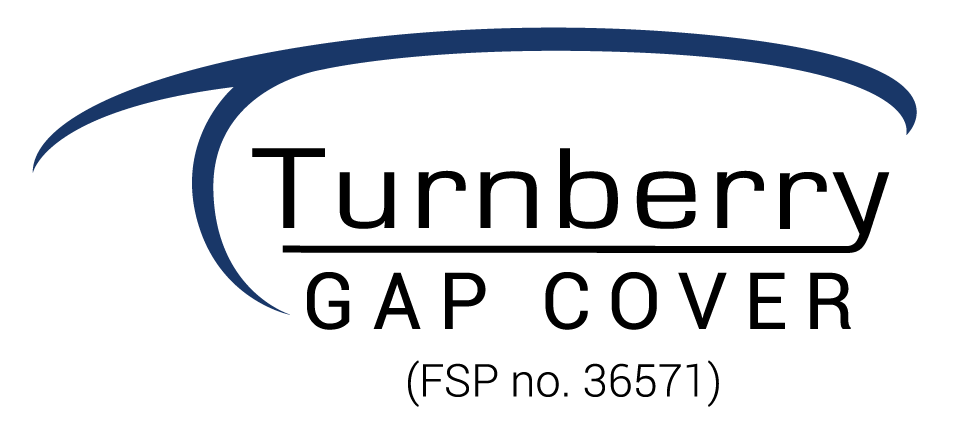 Medical inflation is currently in excess of 10%, while medical aids increased their premiums by approximately 9% in 2019. Contrary to this, the average person’s salary increased by about 3% according to CareerJunction’s 2018 Salary Review. The upshot is that medical aid has become less affordable. To add, medical aid is providing less coverage than previously and is taking up a greater proportion of a family’s take home pay. Further exacerbating this scenario is the fact that co-payments have also increased from a maximum of around R15 000 in 2018 to a maximum of around R35 000 in 2019. This huge disparity makes gap cover more critical than ever, or families land up putting themselves at risk of getting into debt over outstanding medical expense shortfalls.
Medical inflation is currently in excess of 10%, while medical aids increased their premiums by approximately 9% in 2019. Contrary to this, the average person’s salary increased by about 3% according to CareerJunction’s 2018 Salary Review. The upshot is that medical aid has become less affordable. To add, medical aid is providing less coverage than previously and is taking up a greater proportion of a family’s take home pay. Further exacerbating this scenario is the fact that co-payments have also increased from a maximum of around R15 000 in 2018 to a maximum of around R35 000 in 2019. This huge disparity makes gap cover more critical than ever, or families land up putting themselves at risk of getting into debt over outstanding medical expense shortfalls.
If this current trend continues, medical aid will steadily become an unaffordable luxury. For example, if you currently earn R20 000 per month and pay R4 000 per month for your medical aid, this is 20% of your salary. If your salary increases by 5% a year, and your medical aid by 9.5% a year, in 10 years time 30% of your income will be spent on medical aid.
As a result, many individuals and families have downgraded their medical aid plans in order to reduce their monthly premium. However, their benefits will also be downgraded, and often they will experience more or higher co-payments and could also have an increasingly limited range of available services and providers.
While it may be tempting for financially strapped but otherwise healthy people to cancel medical aid altogether, this is often a route to even greater financial difficulty. If an individual or family is without medical aid for a period of longer than three months, then re-joins a scheme, they will be subject to waiting periods and exclusions that could result in higher costs. It is also impossible to predict accidents or know when severe illness will strike. Having cover for medical emergencies and life-threatening illnesses is vital if individuals wish to continue making use of private medical services.
Compounding the problem is the fact that medical inflation remains above the rate of medical aid increases, so actual cover falls further behind and medical expenses increase. Medical aids have had to attempt some creative strategies with their product design in order to provide affordable services, but there is only so much that can be done. With co-payments also increasing, and other aspects like large excesses for using out of network providers on the rise, gap cover has become absolutely essential to help mitigate these financial pitfalls.
The reality is that medical aid is a necessary expense in South Africa for access to quality medical care, especially in case of emergency. The best solution is to enlist the assistance of a financial advisor who will be able to develop an optimal tailored solution at an affordable price for you and your family. Medical aids offer a range of options, from premium to entry-level plans, yet still enabling you to cover the essentials.
Financial planning for your medical needs is essential and should be done with your financial advisor. If you needed to downgrade your medical aid due to financial reasons, they would then need to review various gap cover offerings to complement your medical aid cover in order to help you manage any potential medical expense shortfalls that could arise. Gap cover offers the safety net you need to reduce your risk of falling into debt from medical expense shortfalls.
